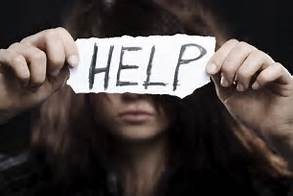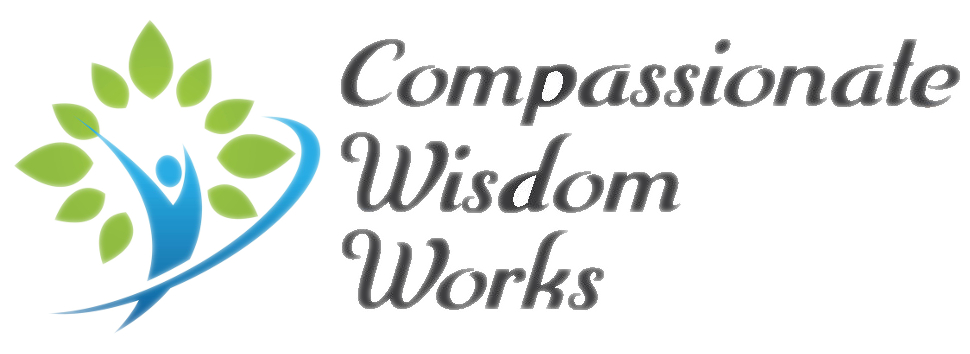President Trump announces new action to help 11 million Americans affected by opioid crisis

There is help, hope and recovery.
SAMHSA Reaffirms Efforts to Address the Public Health Emergency on the Opioid Crisis
Thursday, October 26, 2017
Today President Donald Trump announced new action to help 11 million Americans affected by the opioid crisis.
President Trump’s declaration of the opioid crisis as a public health emergency reaffirms the role of the Department of Health and Human Services (HHS) and the Substance Abuse and Mental Health Services Administration (SAMHSA) as leaders in solving one of America’s most pressing public health issues. The President recently appointed Dr. Elinore F. McCance-Katz as the first Assistant Secretary for Mental Health and Substance Use, underscoring the urgency of the issue. “SAMHSA looks forward to continuing its role in helping American communities fight the opioid crisis through evidence-based programs in prevention, treatment, and recovery services,” said Dr. McCance-Katz. “The announcement today by President Trump reflects our commitment to this cause and inspires us to redouble our efforts on behalf of all who have suffered the effects of opioid addiction.”
HHS is implementing five specific strategies that are guiding SAMHSA’s response. The comprehensive, evidenced-based Opioid Strategy aims to:
- Improve access to treatment and recovery services to prevent the health, social, and economic consequences associated with opioid addiction and to enable individuals to achieve long-term recovery;
- Target the availability and distribution of these drugs, and ensure the broad provision of overdose-reversing drugs to save lives;
- Strengthen public health data reporting and collection to improve the timeliness and specificity of data and to inform a real-time public health response as the epidemic evolves;
- Support cutting-edge research that advances our understanding of pain and addiction, leads to the development of new treatments, and identifies effective public health interventions to reduce opioid-related health harms; and
- Advance the practice of pain management to enable access to high-quality, evidence-based pain care that reduces the burden of pain for individuals, families, and society while also reducing the inappropriate use of opioids and opioid-related harms.
Over the past 15 years, communities across our nation have been devastated by increasing prescription and illicit opioid abuse, addiction, and overdose. In 2016, over 11 million Americans misused prescription opioids, nearly 1 million used heroin, and 2.1 million had an opioid use disorder due to prescription opioids or heroin. Since 2013, the introduction of illegally produced fentanyl has made the problem worse. The Trump Administration is committed to bringing everything the federal government has to bear on this health crisis.
The emergency declaration will support the five Opioid Strategy aims of the Administration and prioritizes combatting this opioid epidemic. This effort will amplify the work already undertaken since January of this year, including:
- SAMHSA’s administration of the Opioid State Targeted Response grant program created by the 21st Century Cures Act, with the goal of increasing access to evidence-based treatment, reducing unmet treatment need, and reducing opioid overdose related deaths through the provision of prevention, treatment, and recovery services. Beginning in May 2017, SAMHSA awarded grants to all 50 states, territories, and six pacific jurisdictions totaling $485 million.
- SAMHSA’s initiatives aimed at advancing access to and utilization of Medication-Assisted Treatment (MAT) for opioid use disorder. For example, over 46,000 medical professionals have participated in online or in-person SAMHSA funded trainings on MAT for opioid use disorders.
- SAMHSA’s regulatory work and guidance around the ability for nurse practitioners (NPs) and physician assistants (PAs) to obtain a waiver to prescribe buprenorphine. As of October 21, 2017, 3,106 NPs and 806 PAs have received the waiver.
- SAMHSA’s award in September 2017 of $4.6 million over three years in the Building Communities of Recovery grant program; another award of $9.8 million over three years for new State Pilot Pregnant and Postpartum Women (PPW) grants, and $49 million over five years in new PPW service grants.
- SAMHSA’s leading efforts to reduce overdose deaths by increasing the availability and use of naloxone to reverse overdose. SAMHSA is currently providing Grants to Prevent Opioid Overdose Related Deaths, which are being used to train first responders as well as to purchase and distribute naloxone.
